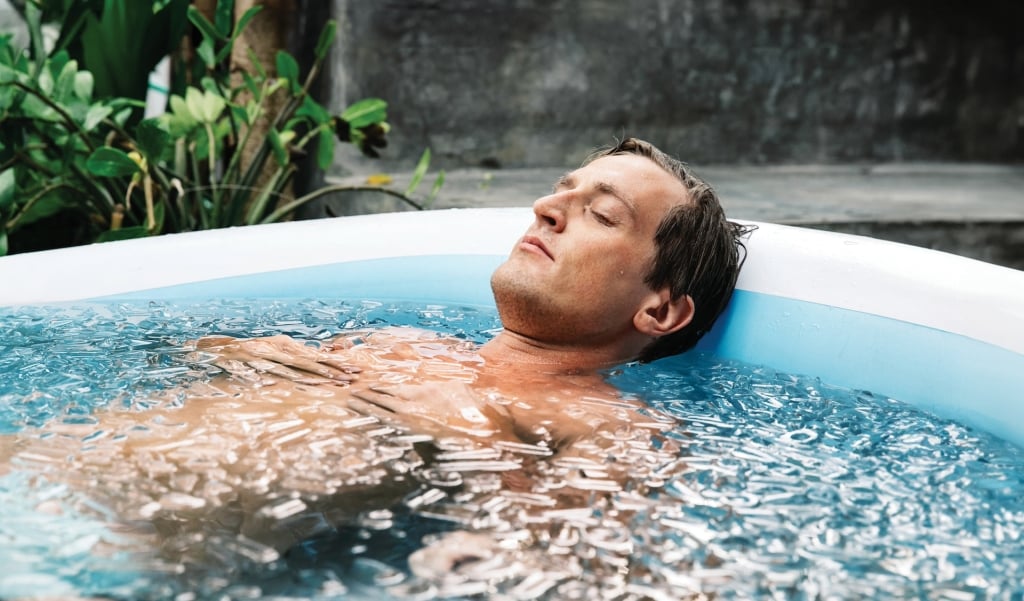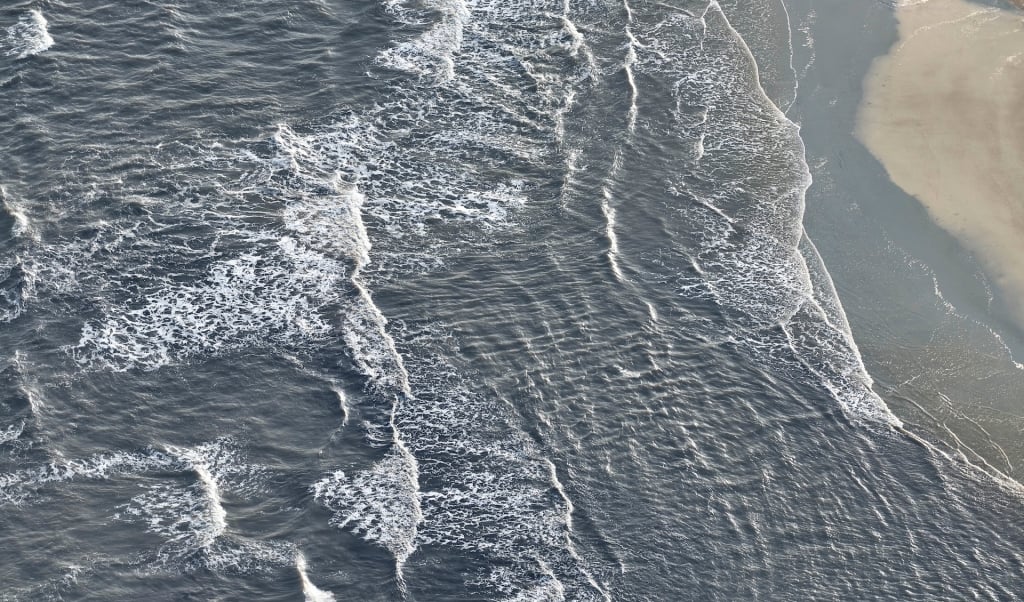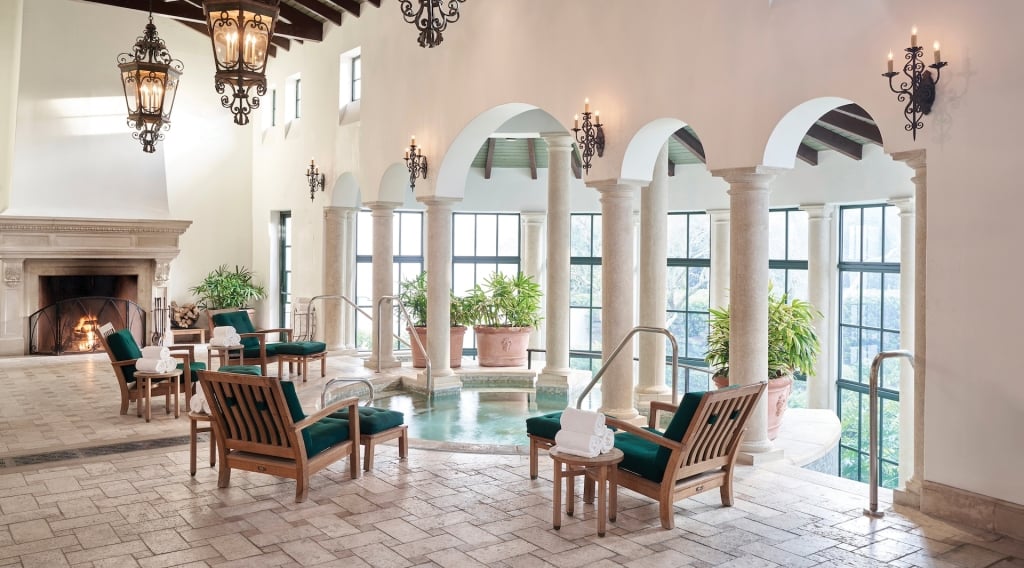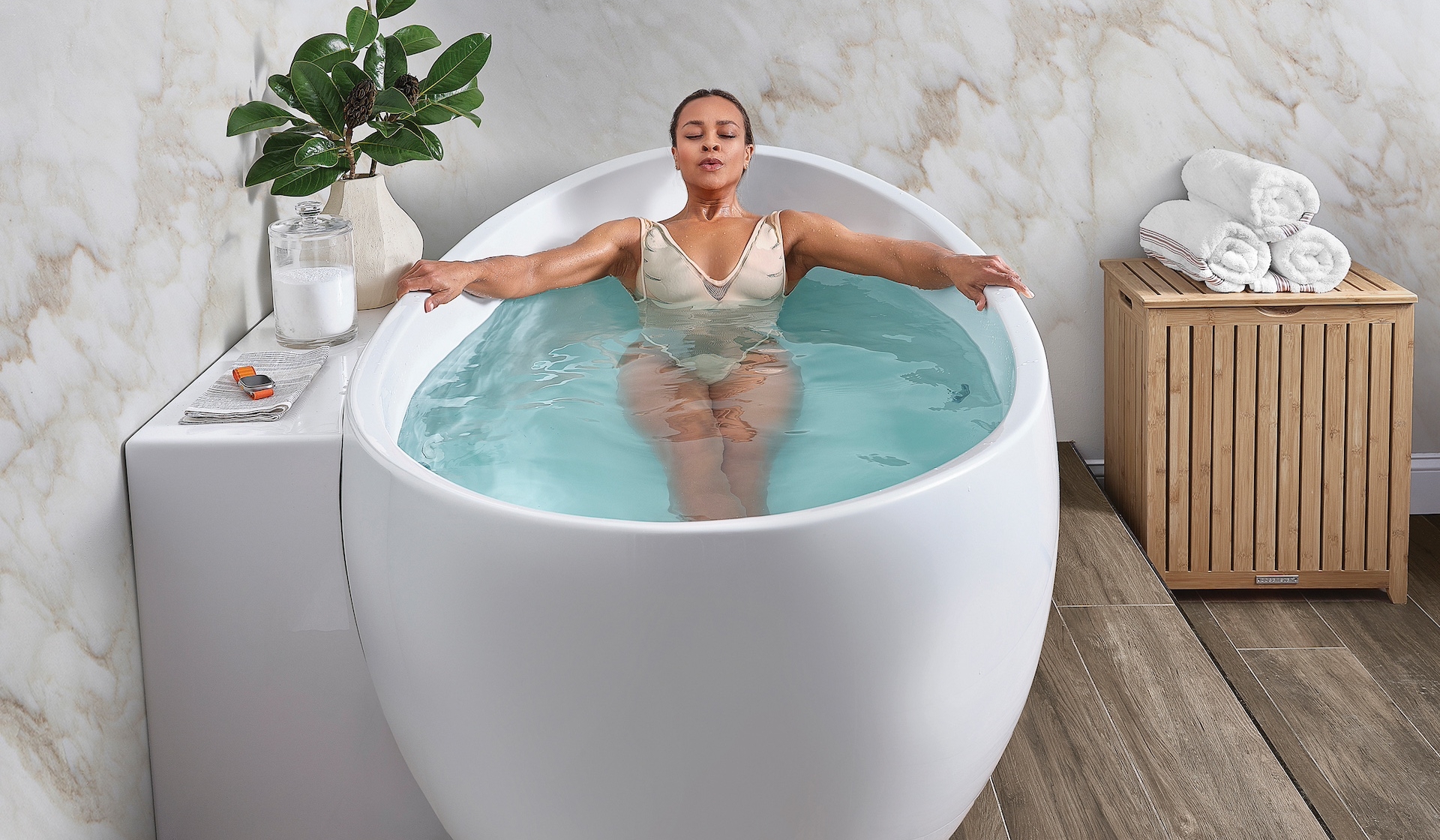Taking The Cold Plunge
Diving into the many health benefits of cold plunging—and how you can reap the rewards.
Immersing yourself in cold water might not be your first solution to reduce stress, elevate your mood, or feel more energized, but many swear by this practice. Professional athletes and celebrities, such as Tom Brady, Mark Wahlberg, Ryan Reynolds, and Tony Robbins, swear by cold-water immersion for their mental and physical well-being.
IMMERSE YOURSELF
Cold-water immersion is nothing new. Scandinavians have lauded this practice for centuries as a way to increase blood flow and release endorphins, and ancient Greek physician Hippocrates prescribed cold therapy to alleviate swelling and pain in 400 B.C. Cold therapy comes in many forms; it can be a cold plunge in the ocean, an ice bath, a cold shower, a professional circulating cold tub, or even a cryotherapy chamber.
A 2023 review published in Sports Medicine found that cold-water immersion significantly lowered creatinine-kinase levels, markers of muscle damage, and delayed onset muscle soreness after high-intensity exercise compared to subjects who used passive recovery. Additionally, a study published in 2023 in Biology found that cold-water immersion increases the interaction between large-scale brain networks. In short, when the body feels cold, it triggers neurotransmitters that help regulate emotions and stress, thus indicating that it could lower symptoms of certain mood disorders. Plenty of research also shows that cold water exposure increases baseline dopamine levels for up to five hours.

“A cold plunge has an instant benefit of circulatory stimulation,” says Dr. Marcus Coplin, ND, a California-based Naturopathic Medical Doctor who specializes in hydrothermal and biophysical therapy for the treatment of complex and chronic health conditions. “It creates a circulatory push into the body that releases hormones, like endorphins. This is what we’d call a healthy stress in response to the cold temperature. Your body kicks itself into a slightly higher level of functioning in order to respond and start regulating itself to that cold temperature.”
In our busy environments, cold-water immersion forces your nervous system to find its way back to neutral as a response to the healthy stress of the cold water. The result is a more balanced nervous system that can help the body better orient to mood states over time.
“Some of the clinically proven benefits include decreased inflammation, rush of endorphins, spiked dopamine, improved sleep and mood, reduced stress, reduced aches and pains, and increased recovery,” says Dr. Jonathan Leary, founder of the wellness club Remedy Place. “The most important benefit for me, however, is truly teaching the mind and body that you are in control. This is an amazing tool to teach yourself not only how to handle uncomfortable situations but to actually learn how to thrive within them. Some of my deepest meditations are while I am fully submerged in my ice bath.”
TAKE MY BREATH AWAY
If you’re at Sea Island, you don’t usually start your days freezing—except if you are a fan of the Polar Bear Plunge. Every year, the resort welcomes guests to its shores on New Year’s Day with an invigorating dip in the Atlantic. Drawing hundreds of brave souls who are looking to start the year anew, each participant is warmed up with a hot drink and souvenir swag once their plunge is complete.

As with any health or wellness practice, it’s important to consult with your doctor before participating. Dr. Coplin suggests beginners should start their cold practice with a short plunge and work their way up to ice baths (several minutes or more) so the body has time to get used to the cool temperatures. If you’re staying at the resort, Sea Island has a cryotherapy chamber that allows guests to reap the benefits of cold exposure—a method of cold therapy that reduces inflammation, increases joint mobility, and speeds up healing.
“Once you experience extreme cold in the whole body cryotherapy chamber, the body is tricked by the extreme cold into a response that protects the organs immediately,” says Ella Kent, Director of Spa, Fitness, and Well-being at Sea Island. “Cryotherapy can help enrich blood with oxygen, enzymes, and nutrients to help eliminate dead cells that make us feel sluggish. Blood flow is restricted to the peripheral parts of the body and rushes to the internal organs. Once you step out of the chamber, the brain signals that the crisis is over and there is an immediate redirection of the blood to the peripheral tissues—now this tissue benefits from super-enriched blood.”
When it comes to the temperature and duration to reap the benefits, there’s no straightforward answer. Some studies suggest exposing yourself to temperatures between 40 and 50 degrees Fahrenheit, while others consider cold temperatures between 50 and 70 degrees Fahrenheit—though it’s possible to plunge in temperatures below 40 as well. The general rule is to not stay in the cold water for more than 10 to 15 minutes and let your body be your guide. Dr. Coplin advises in extending your comfort zone, but not forcing yourself beyond your capacity. There are still many health benefits that can be attained with short plunges and even cold showers as well.
“Try to go from the tips of the fingers towards the chest, towards the heart, and then the head,” he explains.
“That activates the lymphatic vessels and helps get the nervous system back into balance. It doesn’t have the same effect as being immersed in a body of water, but it has a gentle and persistent stimulating effect that can be a great treatment and works especially well if practiced regularly, as the effects are cumulative.”
THE POWER OF WATER
Contrast therapy is another popular and beneficial health practice, which is a series of brief, repeated immersions between hot and cold temperatures. This is popular in countries such as Finland and Norway, where individuals sit in a sauna before jumping in the icy water or rolling in the snow and repeating. This is particularly useful in promoting recovery and reducing muscle damage or soreness.
“Alternating between hot and cold therapy has always been a part of a well-rounded spa experience—or part of a vigorous training and recovery program,” says Kent. “Heat therapy prepares your mind for relaxation. Your muscles release so they can receive effective body or facial therapy. Following that, we recommend a shower that begins with tepid water. Over the course of a couple of minutes, turn the water as cold as you can tolerate. After the initial shock, you will find this cold wakes you up and becomes exhilarating so that you move back out into the world refreshed.”
The resort’s Forbes Five-Star spa offers a dry sauna, mineral pool bath, hydrotherapy pool, spa therapy showers, and steam rooms to alternate between. Sea Island wellness offerings include self-guided water journeys where guests utilize hot and cold contrast therapy to stimulate blood circulation, boost oxygen content in the lungs, and deeply relax the body to reduce stress.
Dr. Coplin says that, as with any exercise or therapy, when you’re trying to strengthen the systems of the body, a regular practice of two to three times a week is beneficial. Contrast therapy, like alternating between cold and hot showers, can be practiced at home. He recommends taking your normal warm or hot shower and, toward the end, turn the temperature colder and stay there for 30 seconds to a minute and try to make sure the cold water hits all the surface of your skin—it might just be your new go-to treatment to reinvigorate your senses.

Hydrotherapy pool inside the Water Rotunda in The Spa at Sea Island.
